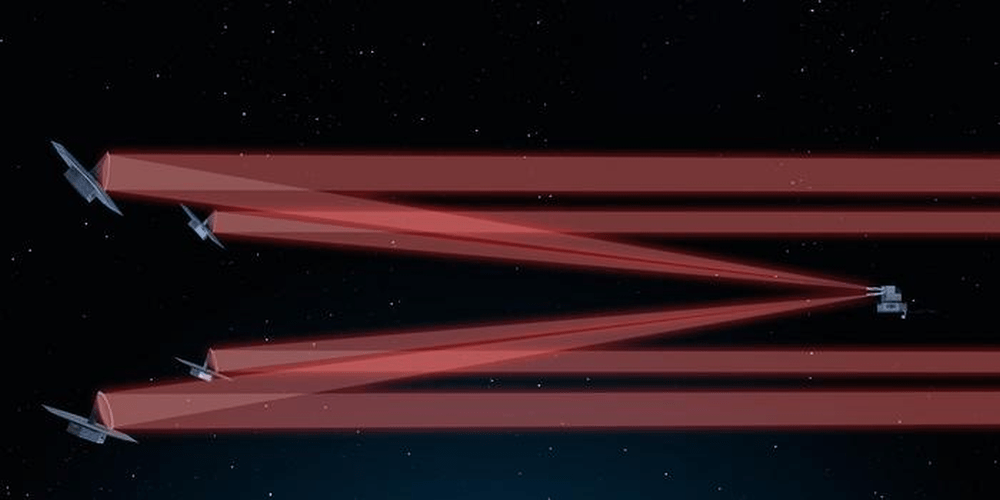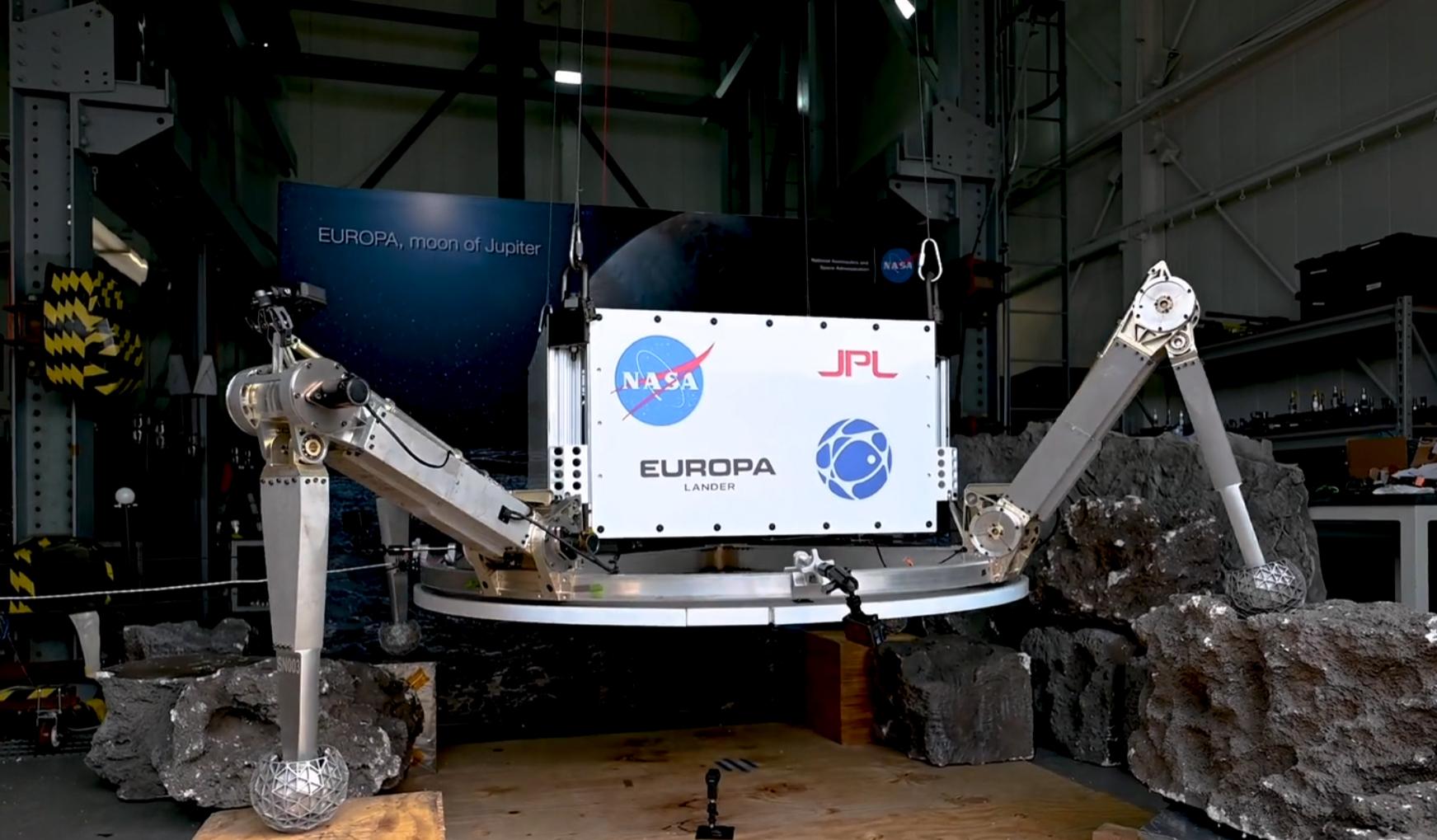Currently, 5,788 exoplanets have been confirmed in 4,326 star systems, while thousands more candidates await confirmation. So far, the vast majority of these planets have been gas giants (3,826) or Super-Earths (1,735), while only 210 have been “Earth-like” – meaning rocky planets similar in size and mass to Earth. What’s more, the majority of these planets have been discovered orbiting within M-type (red dwarf) star systems, while only a few have been found orbiting Sun-like stars. Nevertheless, no Earth-like planets orbiting within a Sun-like star’s habitable zone (HZ) have been discovered so far.
This is largely due to the limitations of existing observatories, which have been unable to resolve Earth-sized planets with longer orbital periods (200 to 500 days). This is where next-generation instruments like the ESA’s PLAnetary Transits and Oscillations of stars (PLATO) mission come into play. This mission, scheduled to launch in 2026, will spend four years surveying up to one million stars for signs of planetary transits caused by rocky exoplanets. In a recent study, an international team of scientists considered what PLATO would likely see based on what it would see if observing the Solar System itself.
Continue reading “Could the ESA’s PLATO Mission Find Earth 2.0?”









